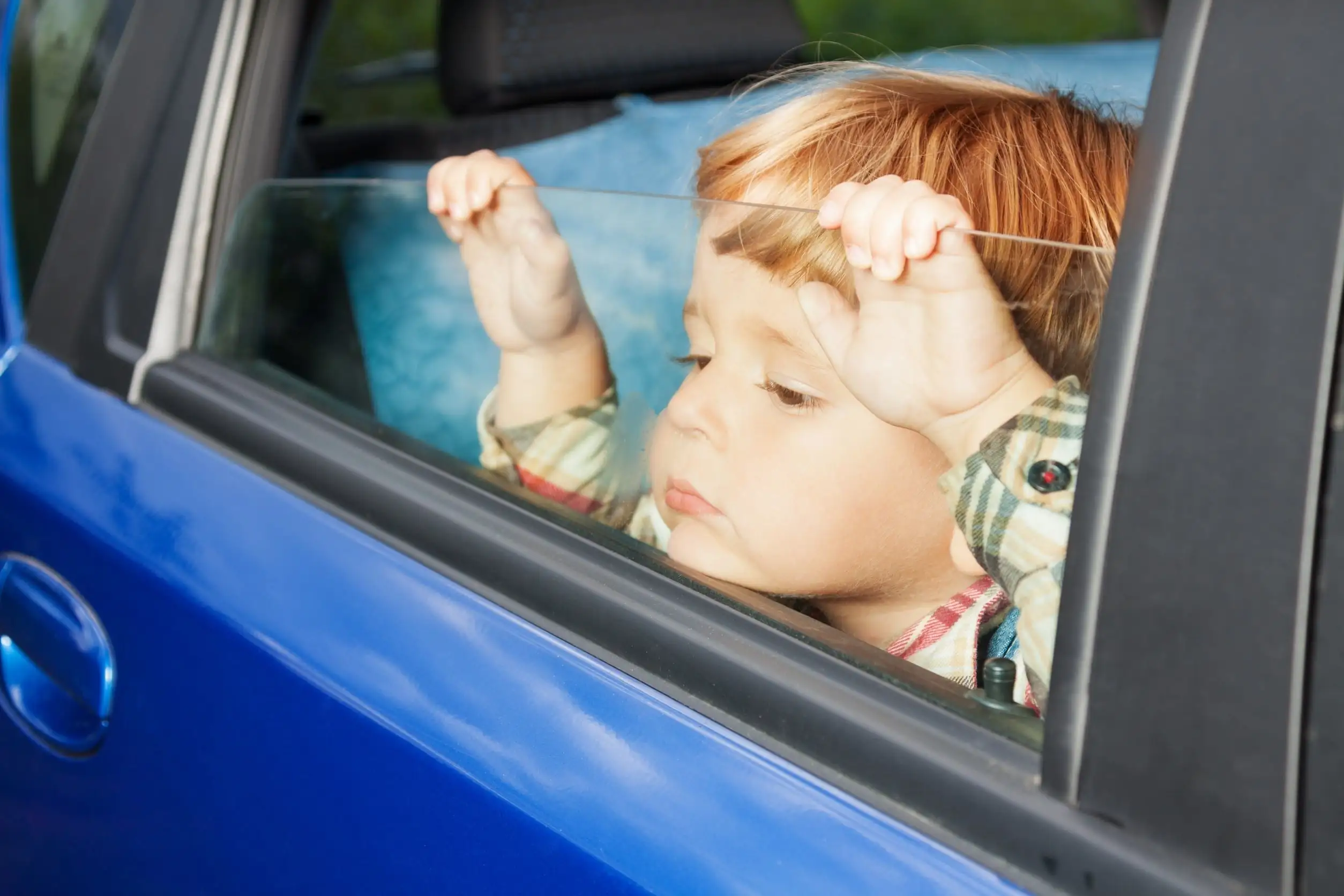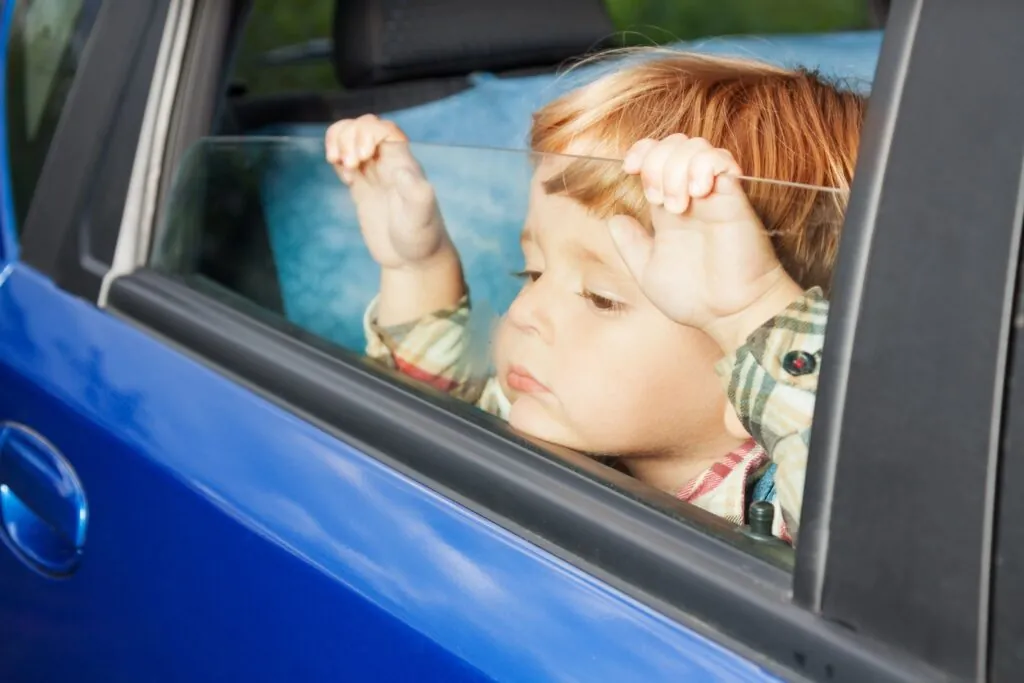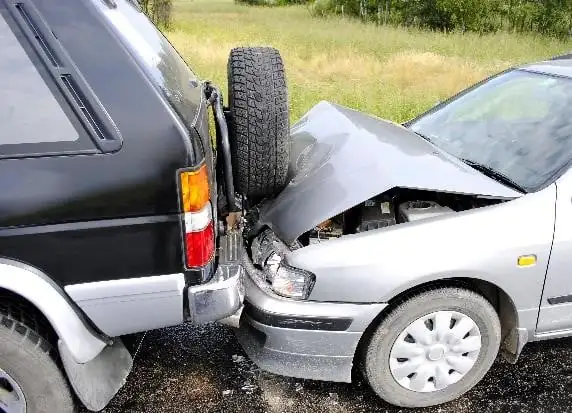Kids: The Most Powerless Victims of Car Crashes
Auto accidents can have severe effects on the drivers and passengers in the involved vehicles, but nothing is more tragic than when a child is injured or killed in a crash.
Unfortunately, car accidents are the number one cause of death for kids between the age of 1 and 12 in our country. 638 children ages 12 and under died as the result of a motor vehicle crash in 2013, and according to the National Center for Injury Prevention and Control, another 127,250 were injured.
But perhaps the saddest part of these deaths is that many of the children involved have little say in protecting themselves. Parents and others driving kids largely determine whether or not their minor passengers engage in life-saving safety procedures – or whether certain safety tools are even available.
Because of this, it is vital that all adults understand their responsibility when driving with children as well as the protective measures that they can take.
Buckle up! This shouldn’t be your first time learning that National Highway Traffic Safety Administration reported that 38% of children ages 12 and under who died in a car crash were not wearing seat belts. A seat belt cuts the risk of death and serious injury in half – this goes for children and adults.
It is important that adults buckle up before every trip in the car, no matter how long the trip will be. Adults who neglect to buckle up themselves often drive children who also forget to wear their seat belts. By practicing safe driving, adults can act as a role model for the children in their car. Make sure you verbally express to your child before every car ride that seat belts are mandatory and could save their life.
Alcohol impairment and children. Think before you drink. The American Academy of Pediatrics reported that 1 in 5 children who died in a car accident between the years of 2001-2010 perished at the hands of an adult driving under the influence. In many cases, the drunk driver was the child’s parent. Over half of those children were not wearing a seat belt.
Learn about car seats and how they grow with kids. A lot of adults hear “car seat” and think of it as a single thing. Kids use a car seat until they are old enough to use regular seat belts.
But it’s not “a” car seat. As children grow, they can sit safely in different positions. This means that there are different types of car seats appropriate for different sizes and ages. Follow these important instructions for placing a young child in the proper safety seat.
- Birth – Age 2: Rear-Facing Safety Seat
- Age 2-5: Forward-Facing Safety Seat
- Age 5+: Booster Seat
Keep in mind that these age guidelines are generalizations – car seat instructions will come with specific instructions on when a child should move from one seat to the next. The most important factor is often how much your child weighs.
When the child reaches the appropriate height and weight, they can rely on the safety of a seat belt. Remember that seat belts must lie across the thighs and the chest. If a seat belt lies across a child’s stomach or neck, they must continue to use a booster seat. The recommended height for seat belt usage is 57 inches. Generally speaking, children no longer need a booster seat around the age of 12.
Also important: read the instruction manuals for safety seats and booster seats before installing them in a vehicle. In 2015, the National Highway Traffic Safety Administration reported that 46% of car and booster seats were misused. A car or booster seat must be properly installed to effectively guard children in an accident.
And finally, it is vital that you keep children in the back seat of your vehicle. Air bag deployment can do more harm than good when a lightweight child is sitting in the front seat. The back middle seat is the safest place for a child to sit in the event of an accident. When your child is old and/or heavy enough to sit safely in the front seat, make sure your airbags are safe and up to code.
Consequences for Failing to Protect Children While Driving
If a child is injured in a car accident because he or she was not wearing a seatbelt or not placed in the proper safety seat, the driver of the car can be charged with negligence.
Florida operates under a no-fault system, but you may be held liable for certain injuries if they result in disfigurement, long-term injuries or significant scarring. This means that forgetting to buckle your seatbelt or the seatbelt of a child in your car can make you legally responsible for any injuries to the child caused by the accident.
Of course, sometimes you do might do everything in your power to protect the children in your vehicle and they still suffer injuries due to the negligence of another driver on the road. Car accidents that cause injuries to children are especially emotional, stressful, and carefully evaluated.
If you are the victim of a car accident involving children, it is important to know where no-fault and comparative negligence laws will come into play. To learn more about a negligence charge, contact an experienced auto accident lawyer today.
About the Author:
Anthony White:
Since 1994, seasoned litigation and trial lawyer Anthony B. White has helped thousands of accident victims seek damages due to injuries sustained as a result of another party’s negligence. Included in America’s Registry of Outstanding Professionals and selected to the 2012, 2013, and 2014 editions of Florida Super Lawyers, Mr. White specializes in car accidents, insurance disputes, wrongful death, product liability, and medical malpractice cases. He is a longstanding member of the Florida Justice Association and the American Association for Justice and currently sits on the Board of Directors of the Broward County Justice Association.



